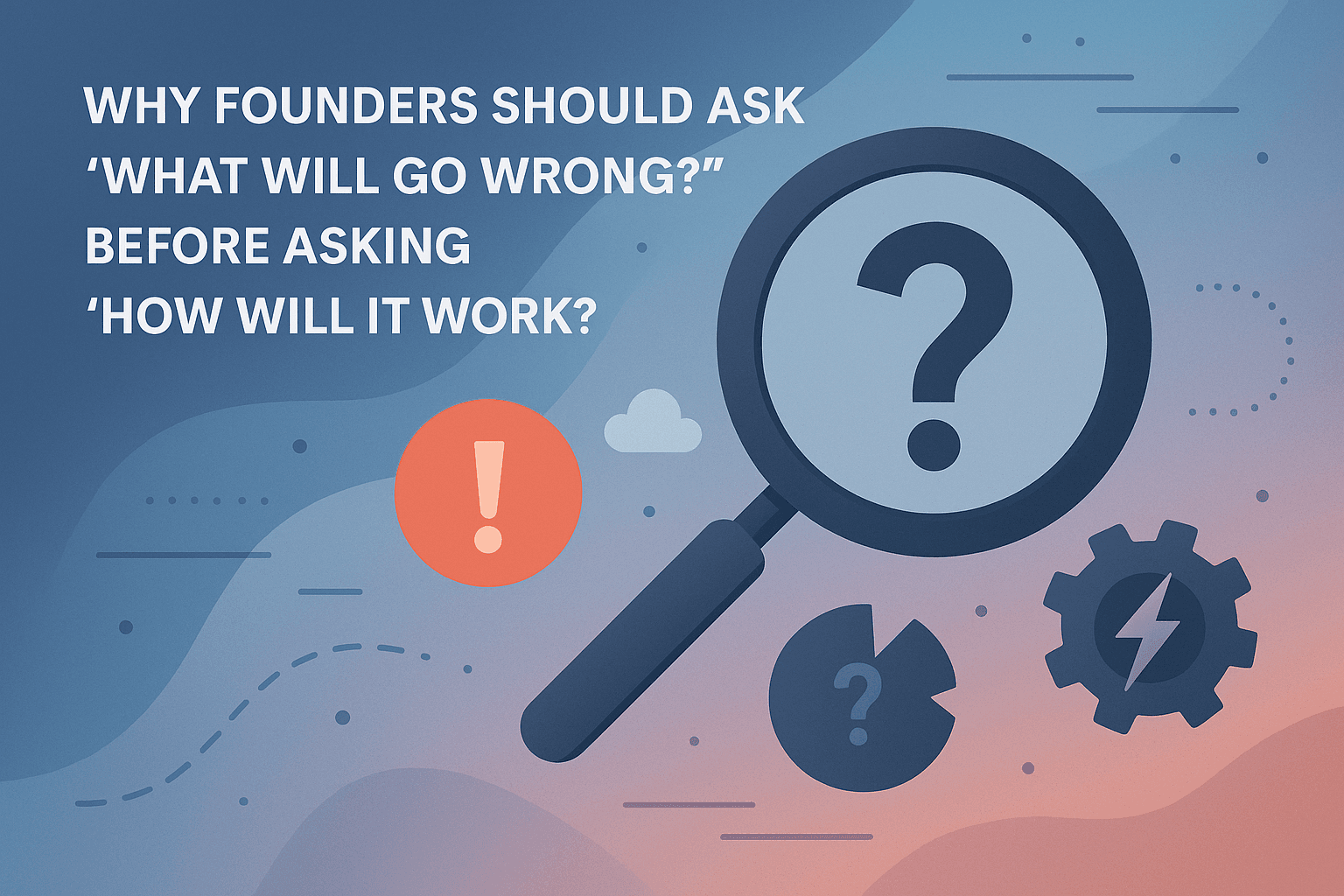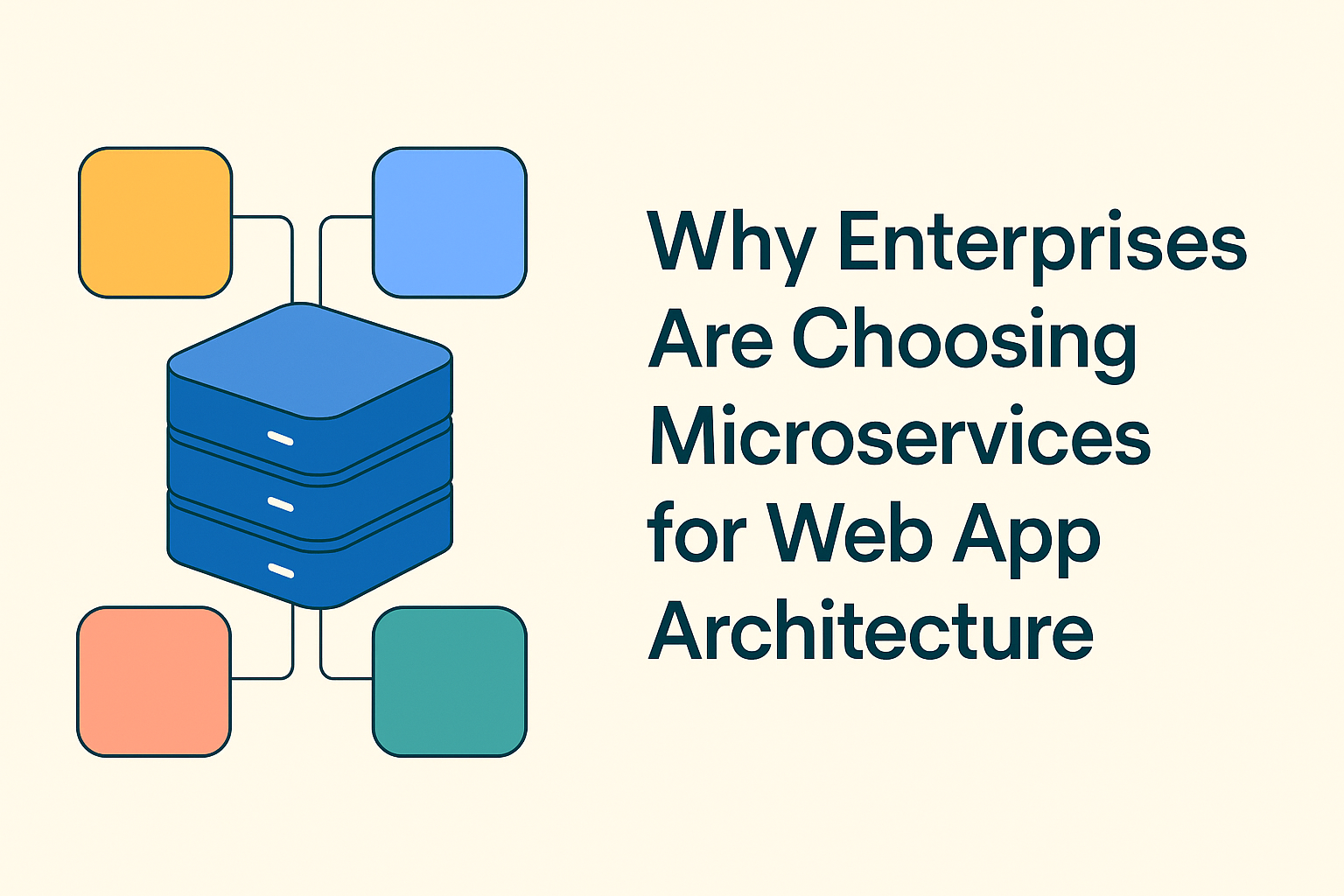Why Founders Should Ask 'What Will Go Wrong?' — Before Asking 'How Will It Work?'

Introduction
Entrepreneurs are inherently optimistic. They’re the dreamers, the doers, the ones who see opportunity where others see obstacles. But in the race to bring an idea to life, many founders fall into a dangerous trap: asking “How will it work?” before asking “What will go wrong?”
While optimism drives innovation, realism ensures survival. By flipping the question and starting with a failure-first mindset, founders can better prepare their business for long-term success.
The Danger of Blind Optimism
When founders focus solely on how their idea will work:
- They overestimate demand.
- They underestimate competition.
- They ignore operational and financial risks.
- They build a product no one truly needs.
This leads to a common startup pitfall: pouring time, money, and energy into perfecting a product without validating its resilience or market fit.
The Power of Pre-Mortem Thinking
Before launching a new product, feature, or business model, founders should conduct a pre-mortem. Unlike a post-mortem that analyzes failure after it happens, a pre-mortem anticipates failure before it occurs.
Ask your team: “Imagine this project has completely failed. What went wrong?”
Benefits of this approach:
- Encourages realistic thinking in early stages.
- Identifies weaknesses in your strategy, product, or operations.
- Uncovers blind spots you hadn’t considered.
- Builds a culture of proactive problem-solving.
Real-World Examples
- Quibi asked “How will it work?” — and invested $1.75 billion into a short-form video platform. But it failed to ask “What will go wrong?” — such as consumer behavior resistance and pandemic timing.
- Airbnb, on the other hand, asked “What could go wrong?” early — from legal hurdles to trust issues — and built solutions like host verification and insurance.
Key Areas to Question
When adopting a failure-first mindset, consider these critical domains:
1.
- What if users don’t behave the way we expect?
- What assumptions are we making about user pain points?
2.
- What if a competitor moves faster?
- What if regulations change?
3.
- What breaks at 10x user growth?
- Where are the technical bottlenecks?
4.
- What if our CAC is higher than expected?
- What if we can’t raise our next round?
Shifting Team Culture
Encouraging team members to challenge ideas and play devil’s advocate can feel counterintuitive in high-growth environments. But successful founders reward constructive skepticism, not just unrelenting enthusiasm.
Promote a culture where it's safe to say:
- “This might break if...”
- “What happens when…”
- “Have we considered the worst-case?”
Conclusion: Embrace the Uncomfortable
Innovation doesn’t just come from dreaming big. It comes from planning for the worst and building a startup resilient enough to survive it. When founders ask, “What will go wrong?” they don’t stifle ambition — they safeguard it.
So before your next big launch or pitch, flip the question. You might just save your startup from becoming the next cautionary tale.




